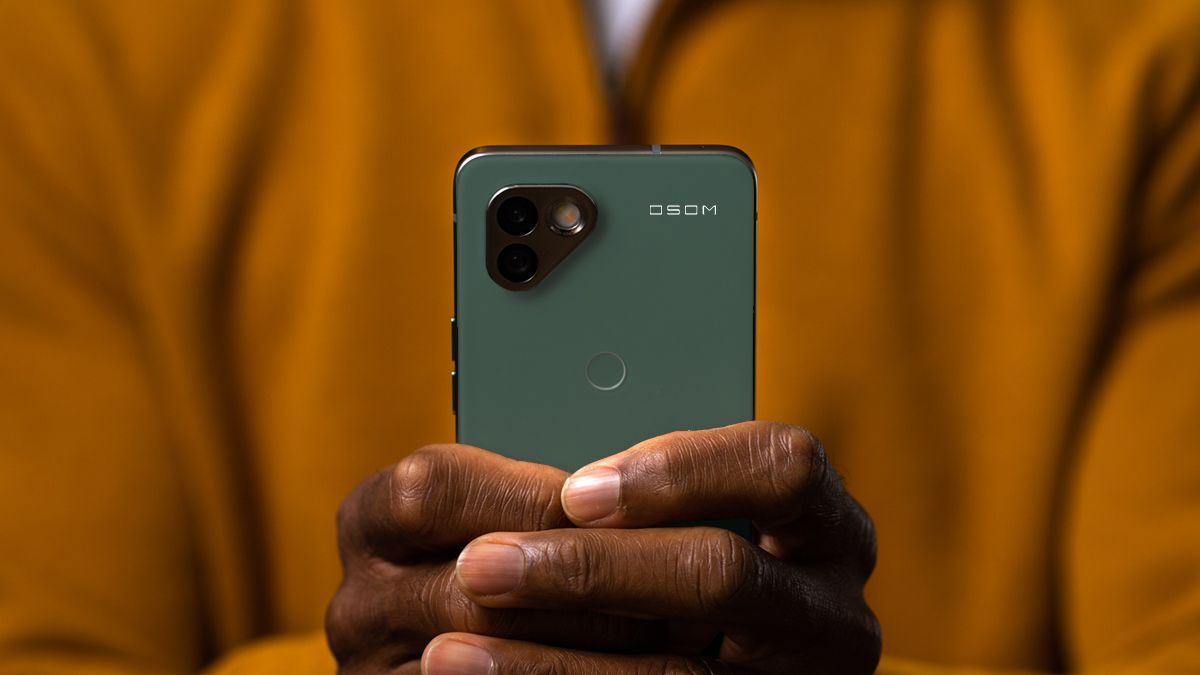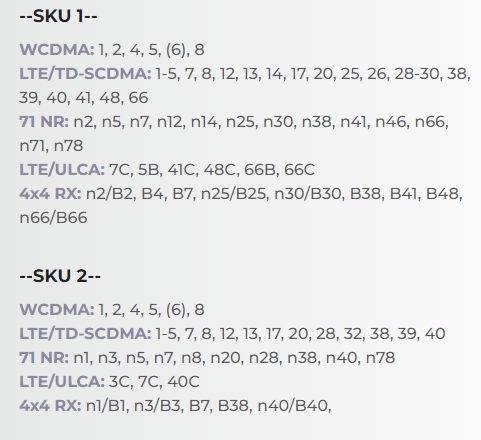Many of our readers have been waiting for OSOM, the company reformed from the ashes of an Andy Rubin-less Essential, to deliver the OV1 smartphone it's been teasing since 2020. In what will likely be a good news/bad news arrangement, you can now pre-order the phone, but some key details have changed. The OV1 is now the Solana Saga, a blockchain-integrated Android flagship.
The news of the change comes courtesy of a Tweet from OSOM, which landed with a simultaneous update to both OSOM and Solana's website. Details are still sparse, and full specs for the phone still haven't been published, but you can pre-order the device with a $100 deposit exclusively through Solana, though that requires a Solana wallet.
A spokesperson from OSOM provided Android Police with the following details:
OSOM is thrilled to partner with Solana to produce the Solana Saga, a flagship
Android mobile phone with unique functionality and features tightly integrated with the Solana blockchain making it easy and secure to transact in web3 and manage digital assets, such as tokens and NFTs. For more information on OSOM, please visit www.osomprivacy.com, and stay tuned for further information on the Saga as well as the OSOM/Solana partnership.
“OSOM is incredibly excited to partner with Solana in building the Saga. The world needs novel hardware companies to support the future that is Web3. Building out an ecosystem that looks to the future without being burdened by past legacy ecosystems is hugely exciting” says Jason Keats, Founder and CEO of OSOM Products Inc.
In follow-up correspondence, OSOM PR confirms to us that the OV1 as we knew it is essentially dead, replaced by the Solana-integrated Saga. According to Solana's site, the phone features support for the Solana Mobile Stack, an SDK developed for building apps on Android that can interact with the Solana network. Solana says this will allow developers "to publish mobile dAPPS and distribute them through a specialized storefront," presumably available on the phone.
Specs for the phone have now been published as well:
|
Chipset |
Snapdragon 8 Gen 1 + (Qualcomm 8475) |
|---|---|
|
Storage |
512GB UFS or eMMC |
|
RAM |
12GB |
|
Display |
"FD+ or higher" 6.55" 120Hz AMOLED |
|
Software |
"OSOM Proprietary version of Android" |
|
Rear Cameras |
50MP f/1.8 IMX766 wide-angle (70° FOV), 12MP f/2.2 IMX373 ultra-wide (120° FOV) |
|
Front Camera |
16MP f/1.8 IMX481 (80° FOV, fixed-focus) |
|
Battery and charging |
4100mAh, QC 5.0 fast-charging, Qi wireless charging |
|
Connectivity |
Bluetooth 5.0, Up to Wi-Fi 6, NFC |
|
Misc |
Mono loudspeaker, Corning Victus Glass, |
|
Dimensions |
166.2 x 75.9 x 7.9mm, <195g |
Many Essential fans liked the original model for its surprisingly small size, but OSOM's Saga will be a larger phone — bigger than the Galaxy S22 and roughly the same size as the Galaxy S22+, according to the dimensions provided. Powered by the latest Snapdragon 8 Gen 1+, the chipset in the phone might not be the latest and greatest come next year, after Qualcomm typically announces its new hardware.
Some of details sound like they might not be firm yet, as OSOM lists two different storage standards, both eMMC and UFS. There will also be at least two different SKUs with differing band support.
OSOM also claims it will be running a "proprietary version of Android," and it's not clear precisely what that will mean. Previously, the company teased involvement to some degree with Graphene OS, a security-conscious custom ROM which has been frequently embroiled in drama for attempting to pull its ostensibly open source contributions from other projects.
The OSOM/Solana Saga will ship in "early 2023" with an anticipated cost of $1,000. In March, the company told us that the phone would be "well sub-$1,000" and that doesn't appear to have panned out according to this estimate.
OSOM isn't the first company to consider a blockchain-integrated phone. HTC, in the face of declining market share and relevance, similarly turned to the blockchain with the Exodus in 2018. If that doesn't sound familiar, that's probably because it didn't have any real impact, and the phone was just a rebadged HTC U12+. A follow-up phone, the HTC Exodus 1s, made little extra headway. Many recent Samsung phones can store cryptocurrency inside encrypted storage as well. Last year, Samsung added support for transferring crypto from a hardware wallet to its phones.
While cryptocurrency and the "web3" movement are popular among some tech enthusiasts and speculative investors, many customers at this point see cryptocurrency and blockchain-related applications as little more than marketing, doing little to prove themselves with concrete applications or use cases.
As a fan of the technology that underpins blockchain systems and the opportunities it can provide in developing novel technologies and new systems, even I must admit being critical of the currently marketed approach and hype surrounding almost all commercially promoted blockchain-related services and products. In 99% of applications, it's a gimmick, and that includes every smartphone use case to date. Seeing a phone that I'd gotten so worked up for now weighed down with a crypto gimmick is pretty disappointing, frankly. I hesitate to say the phone has been ruined, we'll have to see what the finished product actually looks like, but this was a quick and easy way to kill my excitement.


